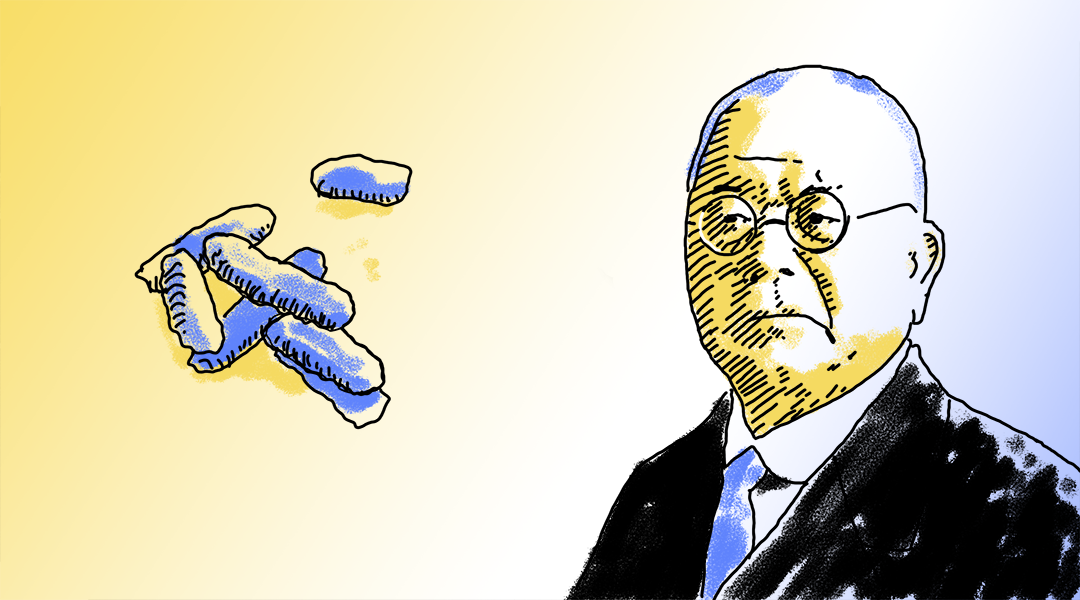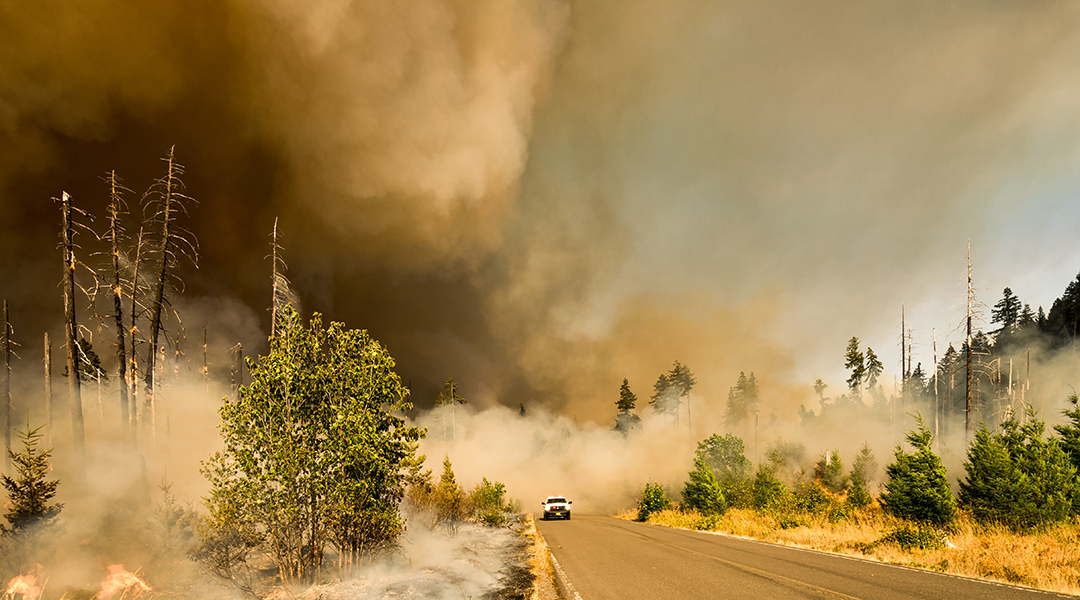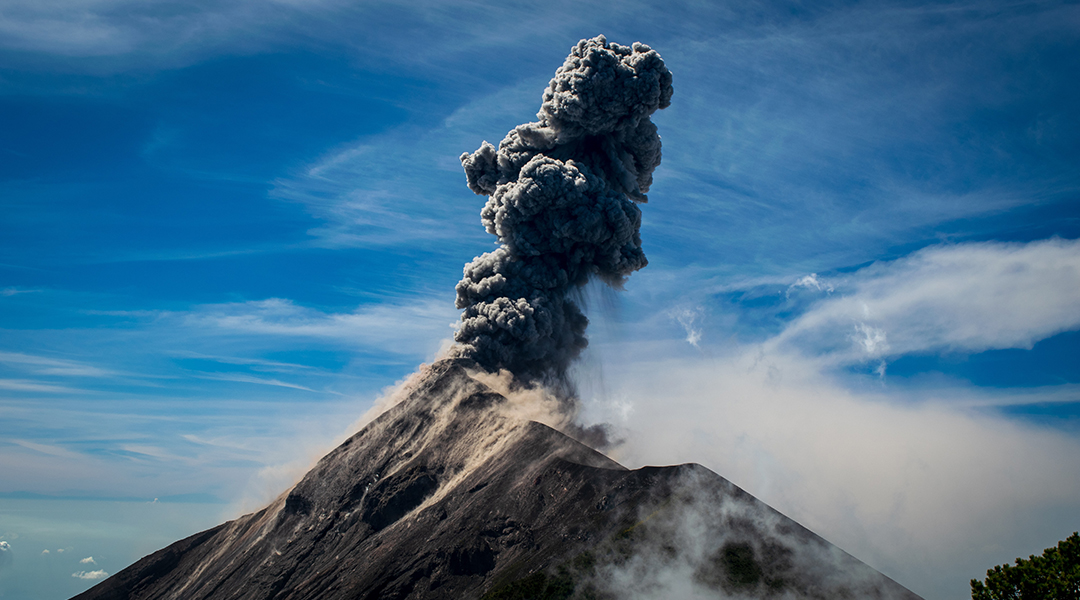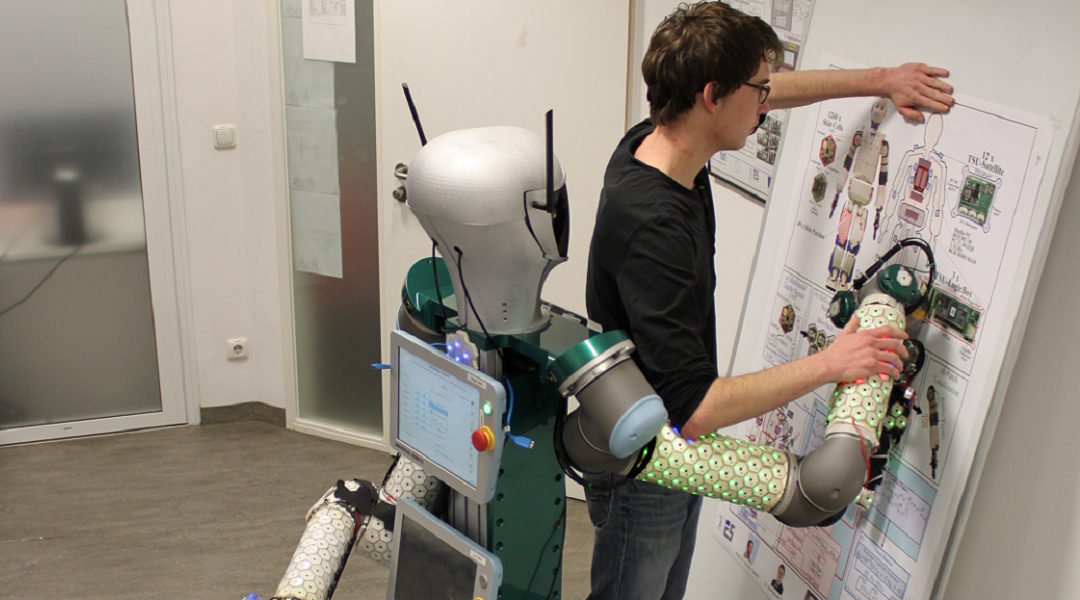A pioneer in preventative medicine well known for his isolation of the bacteria behind the bubonic plague, Shibasaburō helped establish our understanding of infectious diseases and made inroads into the first vaccines.


A pioneer in preventative medicine well known for his isolation of the bacteria behind the bubonic plague, Shibasaburō helped establish our understanding of infectious diseases and made inroads into the first vaccines.

Your “friendly neighborhood astrophysicist” Becky Smethurst is enthusiastically exploring the universe and educating us along the way.

Major climate change effects are irreversible, though there is still a small window of time to mitigate the worst.

In 2010, volcanoes in Iceland grounded flights for over a week, and researchers in Romania are worried that Mount Vesuvius might do the same.

Last August, #BlackinChem took the world by storm. This year, we spoke with two of the event’s organizers, Devin Swiner and Zemen Berhe, to learn more about what’s in store.

Scientists have developed a polymer-coated glass that can change from transparent to opaque when exposed to sunlight and heat.

The Anthropocene has been defined by its carbon emissions, but modern technological advancements may hold the key to breaking this habit.

Accurately measuring brain signals is critical to determining what actions a user wants to perform.

An electronic skin helps facilitate natural interactions between robots and humans.

Clean-burning synthetic fuels made from renewable ethers could replace carbon-based fuels and contribute to a cyclic carbon economy.